On 15 February 1584, in the Italian city of Pisa, a man was born who was destined to change our understanding of space and the Universe forever. His name was Galileo Galilei.
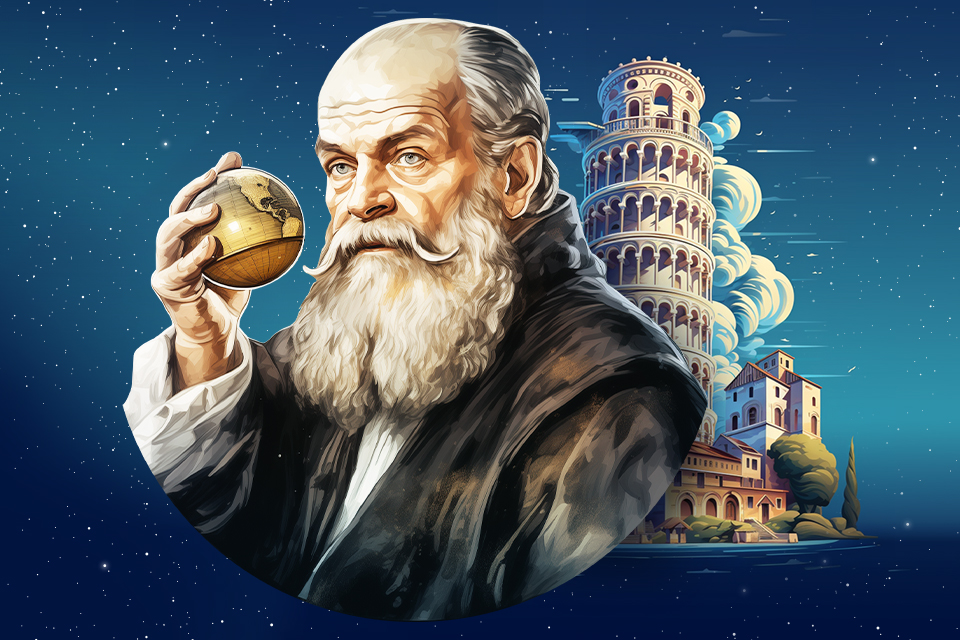
During his long life, Galileo made many fundamental discoveries, laying the foundation for modern astronomy and mechanics. But, as is often the case with great people, a number of myths and urban legends are associated with his name. In honour of the 440th anniversary of the great Italian’s birth, we would like to analyse the most popular ones.
Galileo threw objects from the Leaning Tower of Pisa
One of the most famous stories associated with Galileo is that he threw objects from the famous Leaning Tower of Pisa. The scientist did this not for fun, but to test Aristotle’s teaching that the time of fall depends on the mass. It is claimed that Galileo dropped two balls of different masses from the tower, and they fell simultaneously. This is how he disproved Aristotle’s theory.
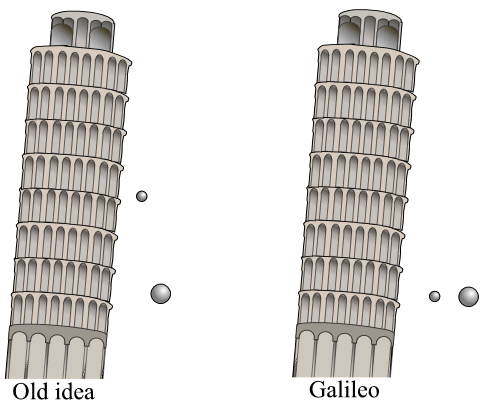
Galileo himself never wrote about dropping objects from the Leaning Tower of Pisa. His book On Motion describes only an imaginary idea of such an experiment.
The story that Galileo threw objects from the Leaning Tower of Pisa first appeared in a biography of Galileo written by his student Vincenzo Viviani in 1654, 65 years after the alleged experiment took place and 12 years after Galileo’s death. Therefore, most historians of science now believe that it was indeed only an imaginary experiment that was never actually carried out.
Galileo invented the telescope
Another popular misconception about Galileo is that many people consider him to be the inventor of the telescope. But this is not true. The first written mention of a telescope dates back to 1608. Back then, eyeglasses maker John Lippersgay tried to get a patent for a telescope. A few weeks later, another Dutch instrument-maker, Jacob Metius, also applied for a similar patent.
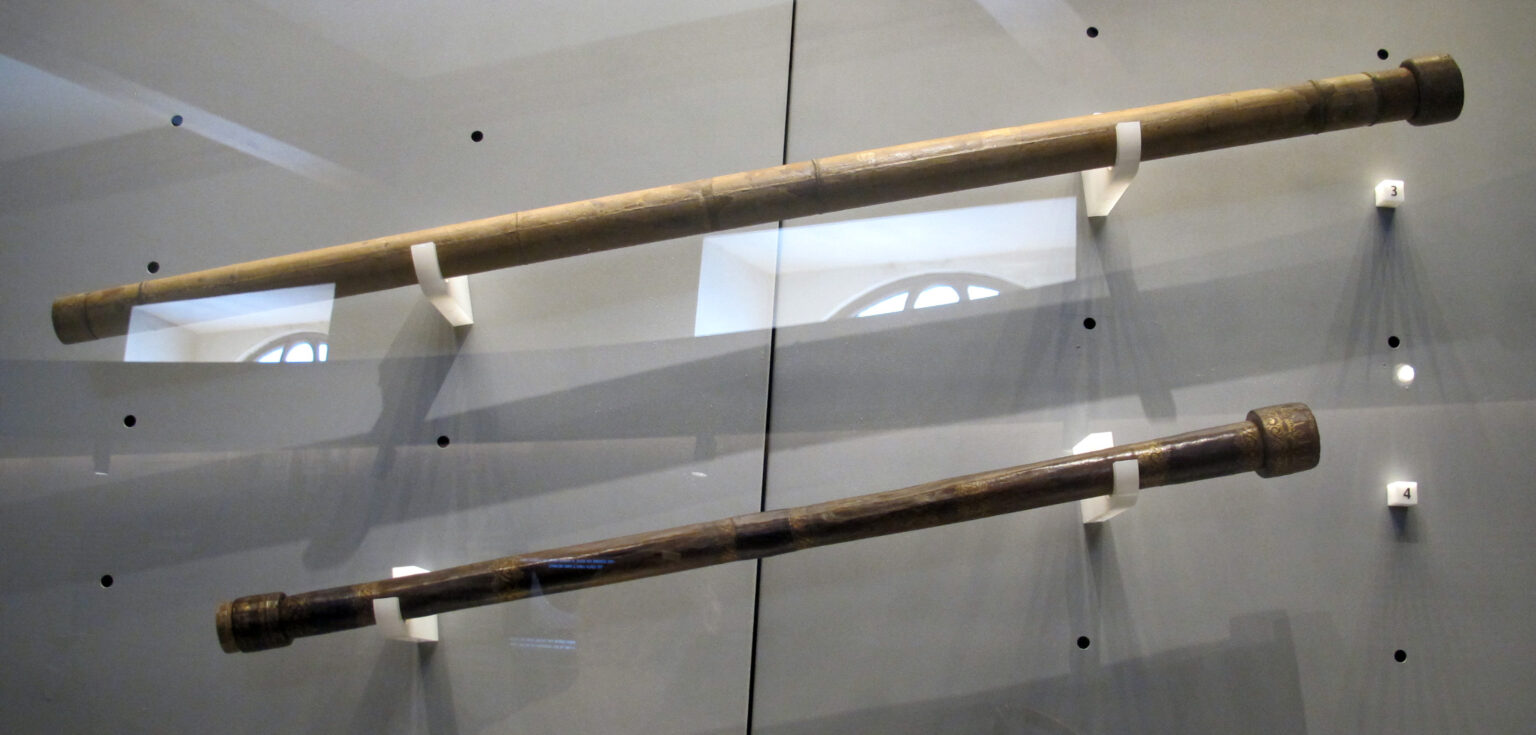
Both of them were rejected, as telescopes were already well known at that time, and therefore they could not claim the laurels of their inventors. Historians’ research suggests that the first such optical devices appeared as early as 1605, and possibly even earlier.
Galileo himself began experimenting with lenses in 1609, when he heard rumours of the Dutch masters’ invention. His first telescope had only a threefold magnification, but later the Italian scientist managed to improve the design and build more powerful telescopes with a magnification of 20 to 33 times.
Galileo was the first to use a telescope for astronomical observations
Galileo may not have invented the telescope, but he was the first to use it for astronomical observations, right? No, this is also a misconception. In fact, the first confirmed astronomical observation is dated 5 August 1609, when the Englishman Thomas Herriot made a sketch of the Moon. Galileo first pointed a telescope into the sky on 30 November 1609.
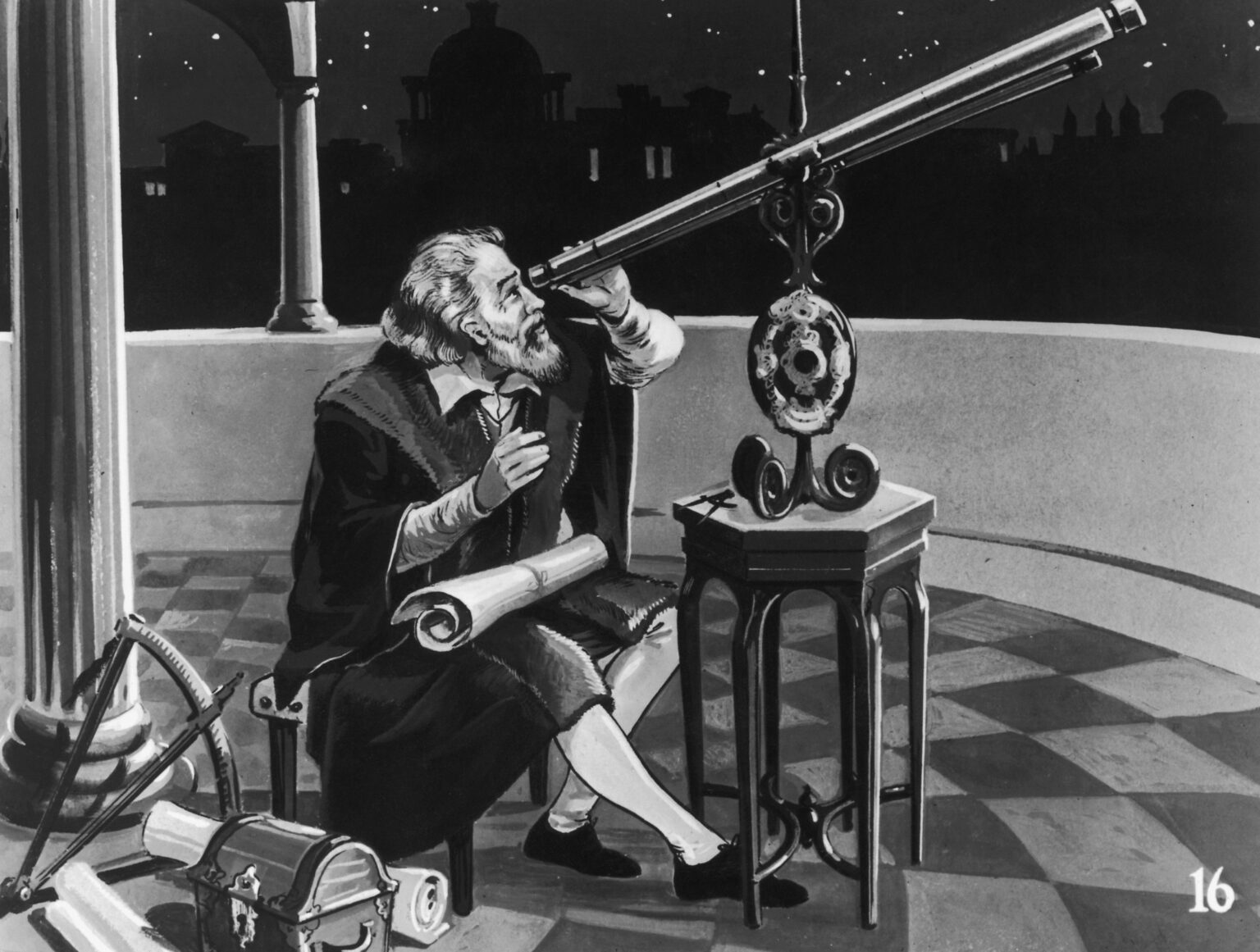
Many people probably had a natural question. If Galileo wasn’t the first, why does the whole world know who he is, while only a narrow circle of historians and astronomers knows the name of Herriot? But everything is quite simple. The fact is that Herriot never published the results of his research and only a small circle of his friends knew about them. Galileo, on the other hand, made every effort to make his revolutionary discoveries known to the whole world. That’s why spacecraft and navigation systems are named after the Italian scientist, not after Thomas Herriot.
Galileo was burned by the Inquisition
The shameful trial of Galileo, which took place in 1633, went down in history as one of the most textbook examples of persecution of scientists by the church. The Italian was accused of publicly supporting the heliocentric system of the world of Nicolaus Copernicus, which the Catholic Church condemned as a heretical doctrine in 1616.
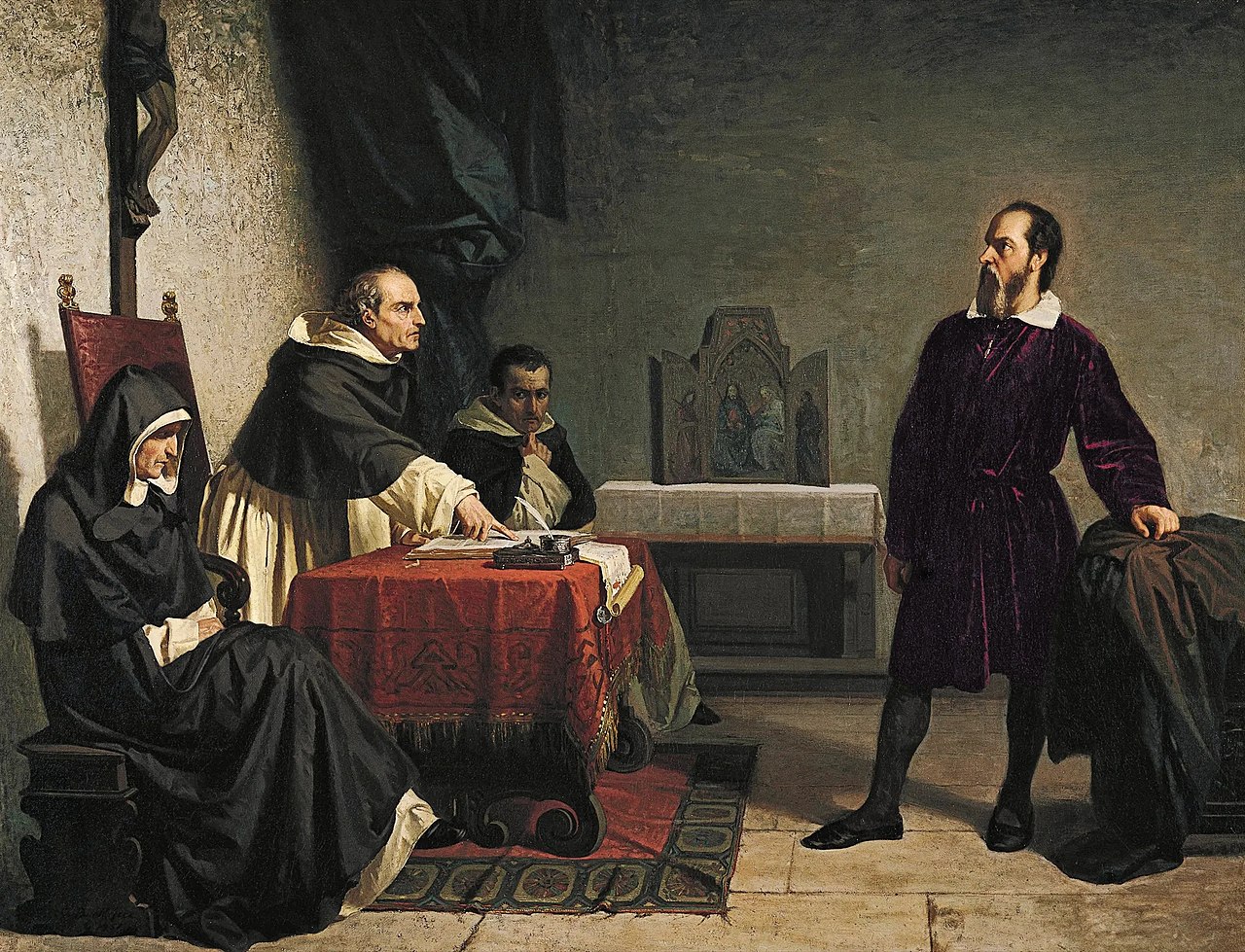
However, contrary to popular belief, Galileo was not burned at the stake. After the scientist recanted his views and repented, he was sentenced to life in prison, which was soon replaced by house arrest and lifelong supervision by the Inquisition.
The misconception that Galileo was executed by the Inquisition is most likely related to the tragic fate of another Italian, Giordano Bruno, who preached the doctrine of the infinity of the universe and the multiplicity of worlds. He was indeed burned at the stake by the Inquisition in 1600.
Galileo said: “And yet it moves!”
Perhaps the most famous story about Galileo is that after the trial was over and he renounced the Copernican theory, he said: “And yet it moves!” (E pur si muove!).
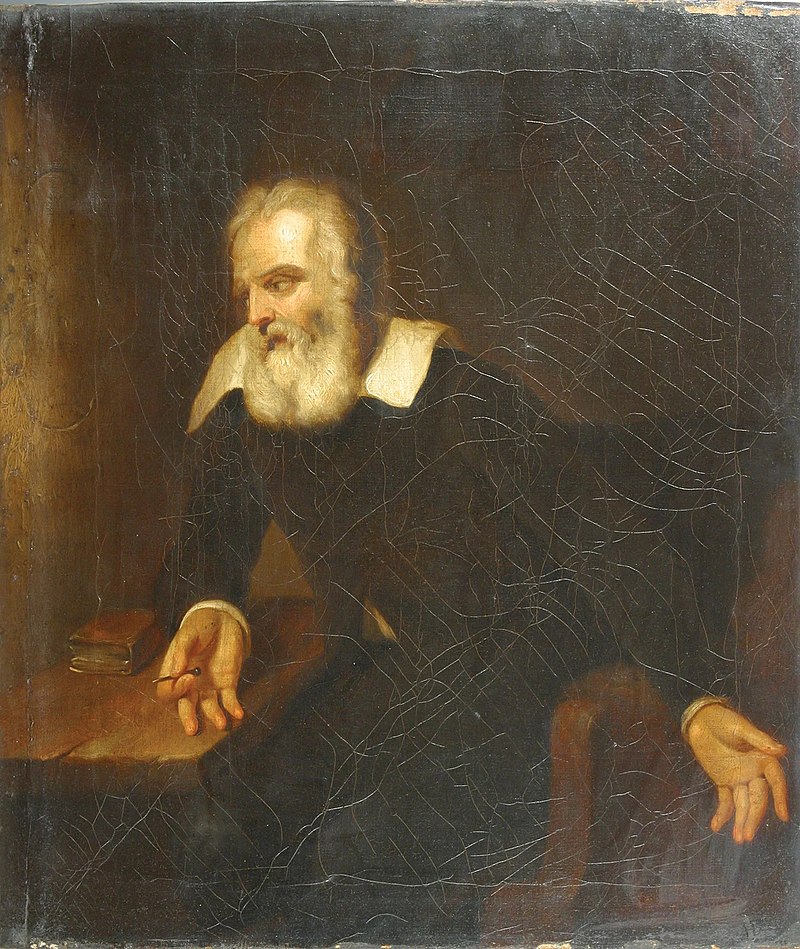
Unfortunately, despite the beauty of this phrase, it is almost certainly just a legend. It was first attributed to Galileo in 1757 (124 years after the trial). In 1911, the phrase was found on a painting depicting Galileo in prison (where it was scratched by the scientist on the wall of a prison cell). For a long time, it was believed that the painting was created in the mid-17th century, which partially confirmed the truth of the story. But now many historians believe that the painting was actually painted only in the nineteenth century, when the legend was already well known.
But, even if Galileo never uttered these words, they convey his attitude to the past trial quite well. Despite his ostentatious renunciation, the scientist did not change his views and was convinced of the correctness of the heliocentric system until the end of his life.

